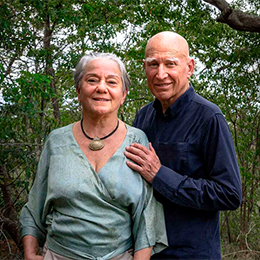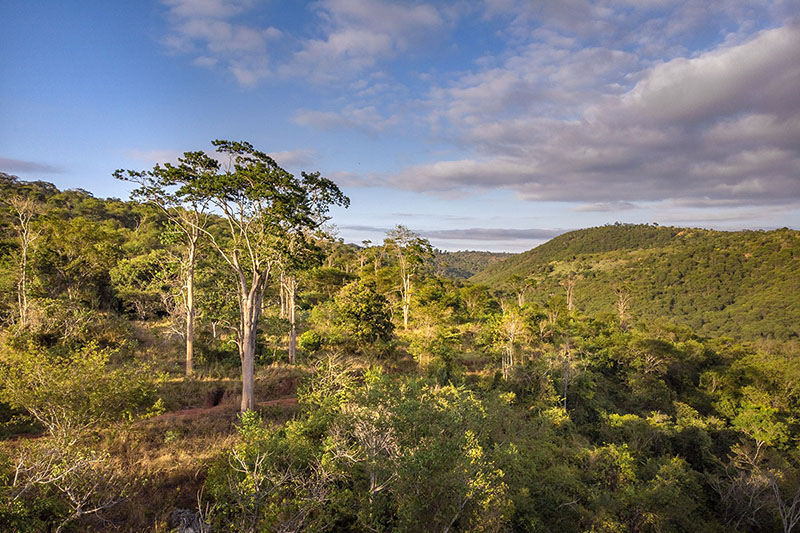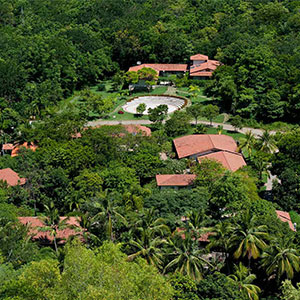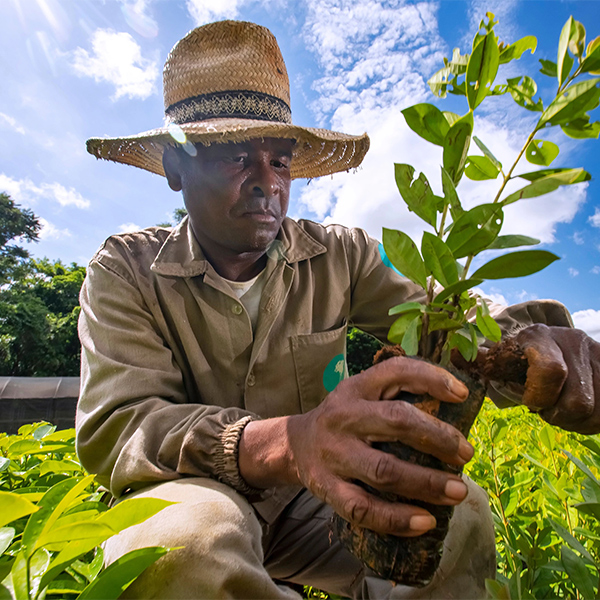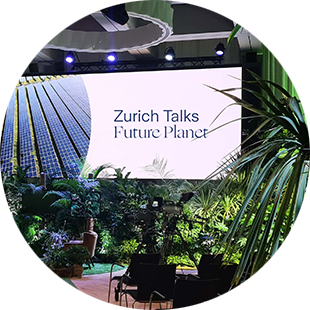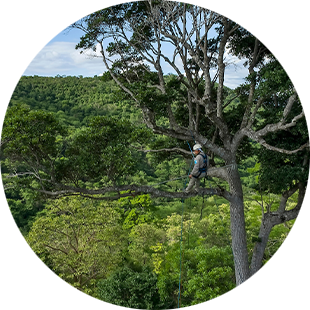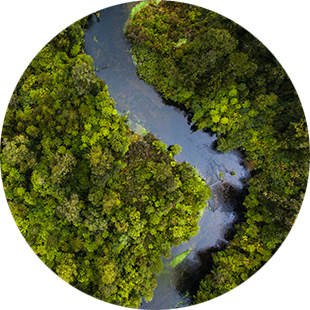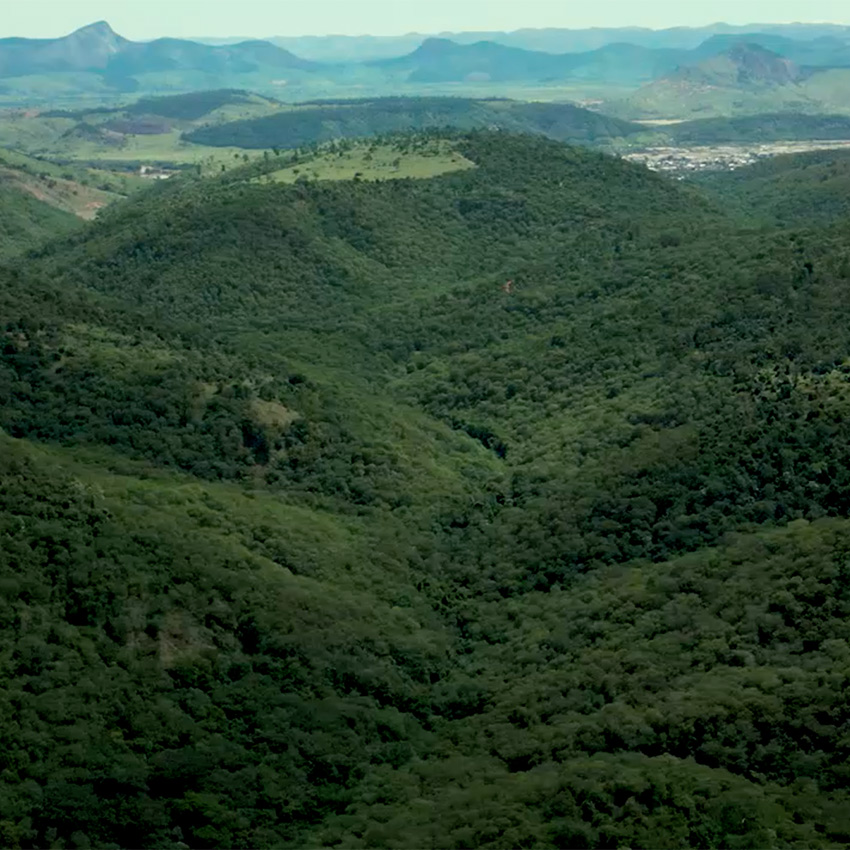
Welcome to the Zurich Forest Project
Working with Instituto Terra, a Brazil-based non-profit, Zurich is helping bring back to life a part of one of the greatest forests on earth.
The Zurich Forest Project is featured at the Amazônia exhibition.
Flora and Fauna @ the Zurich Forest Project
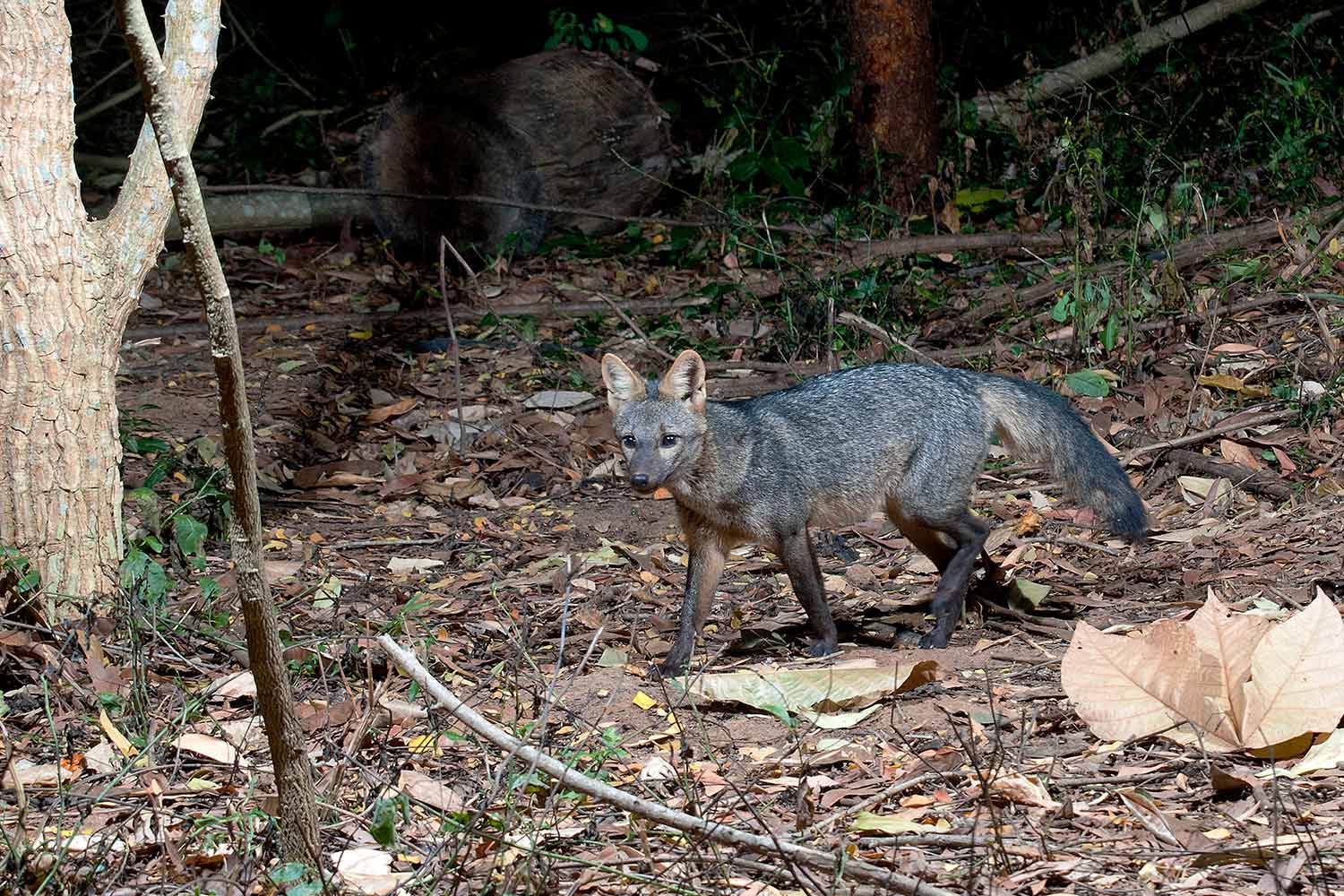
Cachorro do Mato
This South American endemic canid species adapts to altitudes up to 3,000 meters, characterized by brown-grey fur with red and black accents and a weight of 4.5 to 7.7 kg. With distinctive features like short strong legs, a long tail, dark paws, and medium-sized rounded ears, its snout is moderately narrow. This nocturnal creature seeks daytime shelter in burrows, commonly found in dense foliage.
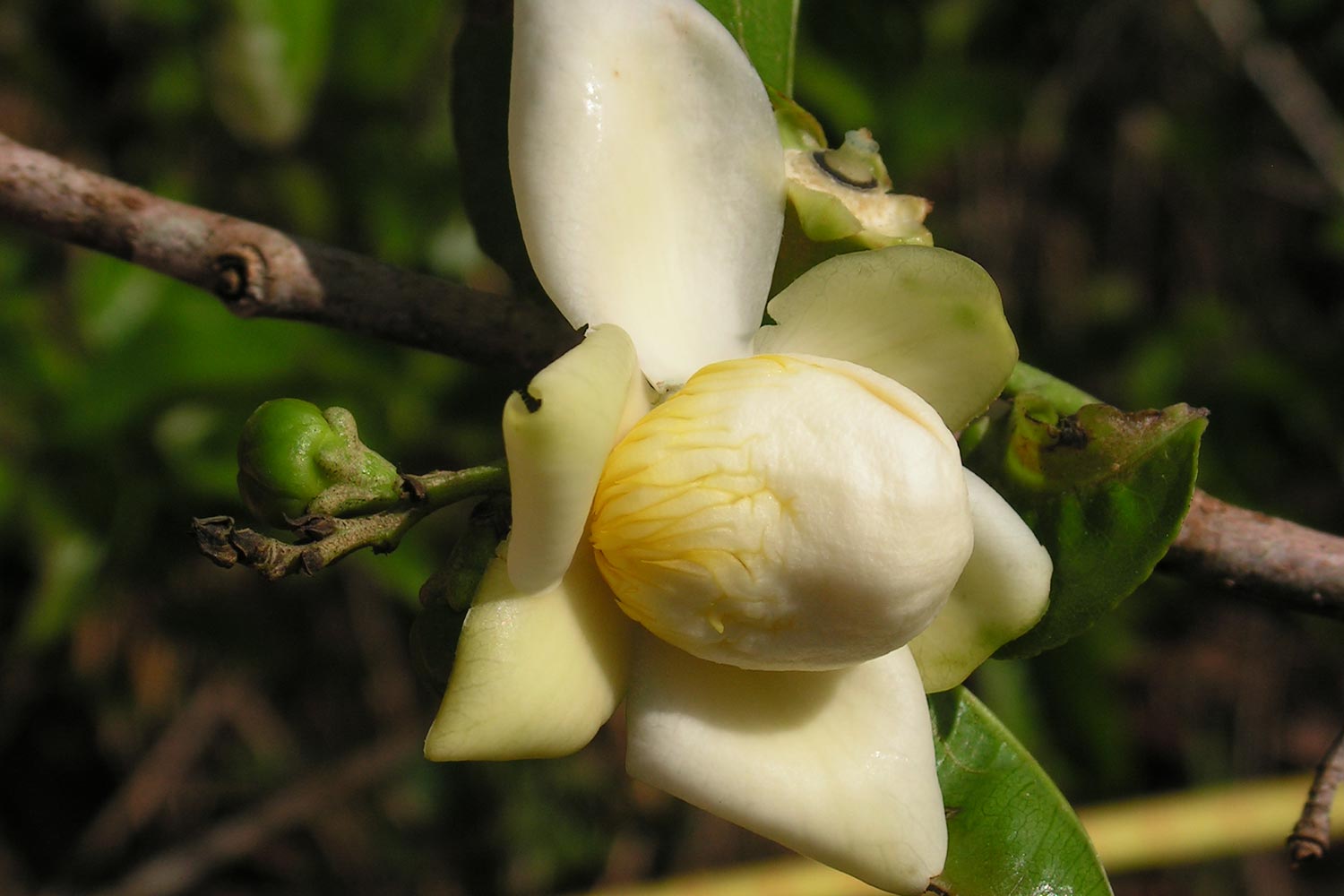
Canudo de Pito
This critically endangered tree species native to Mata Atlântica and The Neotropics, is known for its self-supporting growth, simple broad leaves, capsule fruit, and heights of up to 35 meters. Flowering from April to August with leaf loss preceding, these hermaphroditic trees are pollinated by medium to large-sized bees.
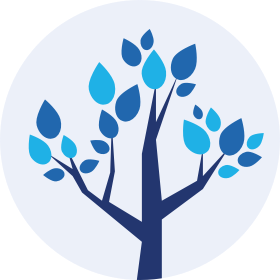
The Zurich Forest Project
Interactive Map by Restor
Restor is a science-based open data platform, founded by ETH Zurich and Crowther Lab, supporting and connecting the global restoration movement.
Have a look at where the Zurich Forest Project is being carried out.
Go to Instituto Terra MapZurich Forest Project news
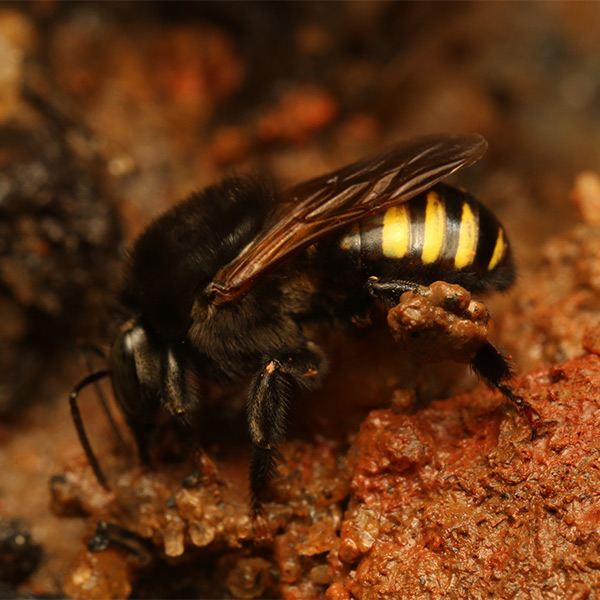
May 2024
Let's acknowledge the crucial role of bees in our ecosystem
The stingless bees from the Zurich Forest Project in Brazil's Atlantic Forest are essential for maintaining biodiversity. These unique bees, including Melipona quadrifasciata and Plebeia Schwarz species, face environmental challenges, but their survival is crucial. Unfortunately, bees are under serious threat globally, with over 500 million bees dying in Brazil alone due to harmful pesticides and insecticides. This decline impacts not only plant diversity but also food availability and habitat for other wildlife.
Calendar
-
20May
Sustainability
World Bee Day
-
05June
Sustainability
World Environment Day
-
08June
Sustainability
World Oceans Day

